1. Who was the prime minister and who was the monarch?
H H Asquith and George V.
H H (Herbert Henry) Asquith was member of parliament for East Fife, Scotland, and was in office from 1908 to 1916. His Liberal Party was in government from 1905, initially under his predecessor Henry Campbell-Bannerman. Asquith led a coalition Liberal/Conservative/Labour government in 1915 to 1916, when he was succeeded by David Lloyd George, who was in office to 1922.
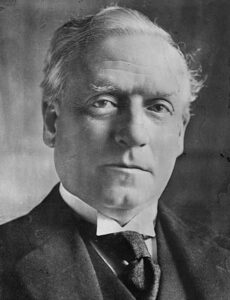
George V reigned from 1910 to 1936. His predecessors were Edward VII from 1901 to 1936 and Victoria from 1837 to 1901. His successor in 1936 was Edward VIII (abdicated the same year).
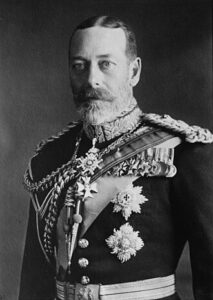
2. What was life expectancy for newborn females just before the war? a) 55; b) 60; c) 65
b) 55. It was 52 for males. This dropped in 1918 to 50 for females and 44 for males as a result of an influenza pandemic, but quickly recovered and continued to improve.
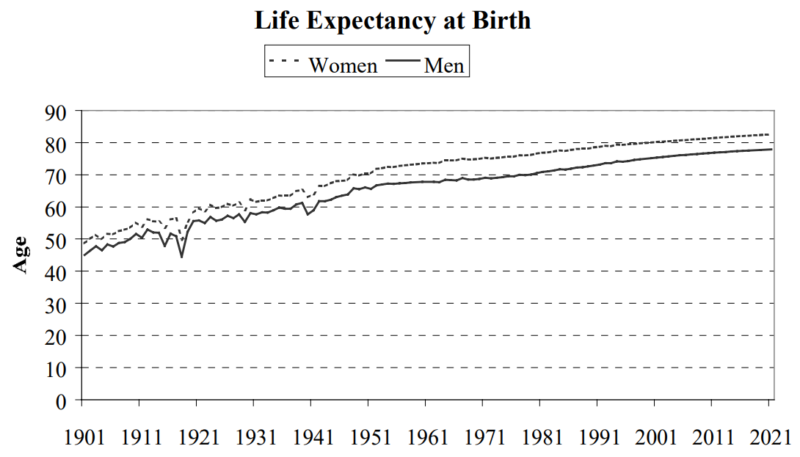
3. How did most people obtain news? a) By newspaper; b) By radio.
a) By newspaper.
BBC daily radio broadcasts did not begin until November 1922.
4. Were a) anaesthetics and b) antibiotics available?
a) Yes. b) Not widely available.
General anaesthetics included ether, chloroform, ethyl chloride and nitrous oxide (‘laughing gas’), typically administered using a Schimmelbusch mask. Local anaesthetics included stovaine, novocaine, cocaine and morphine.

Antibiotics were not widely available until after the discovery of penicillin by Alexander Fleming in 1928. In the mid-1910s, they were typically only available for the treatment of syphilis. Minor bacterial infections could sometimes develop quickly into life-threatening sepsis.
5. How were streetlights lit? a) By electricity; b) by gas.
a) By electricity in central metropolitan areas and some towns but b) by gas in many suburbs and towns.
Electric street lighting was introduced in 1878 in two small areas of London. Glasgow and Edinburgh installed electric lighting in selected areas in 1893 and 1895 respectively. By 1915 it had been implemented widely in densely populated areas but the transition to electricity was not completed nationally until the late 1960s.
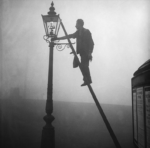
6. How many cars were on the road in the UK in the mid 1910s? Around: a) 2,000; b) 20,000; c) 200,000
Around: c) 200,000.
The number had increased rapidly from only 15 in 1895 and 750 in 1900. By 1924 it was 385,000 and by 1930 it was over a million.
Henry Ford introduced his mass-produced Model T in Michigan in 1908, making cars much more affordable. He opened an assembly plant in Manchester, UK, in 1911, which immediately became the UK’s largest car producer. Other UK producers included Wolseley, Humber, Rover and Sunbeam.
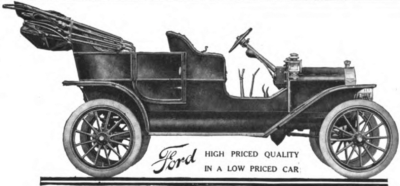
7. What were three of the main political topics just before the war?
The threat of war was of course a major topic in itself. Other hotly-debated topics included:
- Irish ‘home rule’, i.e. partial independence as a dominion within the British Empire.
- Social security issues including unemployment and health insurance, and pensions.
- Tensions between the Liberal government and the Conservative-dominated House of Lords.
- Women’s suffrage, including the methods used by suffragettes and the legal treatment of suffragettes.
- Tariffs and free trade, with some favouring the formation of a British Empire trading bloc with tariffs and others advocating free trade.
- The disestablishment of the Anglican Church in Wales, separating it from from the legal entity of the Church of England.
Some aspects of the above became sidelined during the war.
8. What was the main type of aircraft used for early bombing raids on the UK? a) Seaplane; b) Airship.
b) Airship.
A few minor attacks were carried out by seaplanes in December 1914 but the main aircraft used in 1915 and 1916 were Zeppelin airships, named after their inventor Ferdinand von Zeppelin (1838-1917). Subsequent attacks included the use of Zeppelins and biplane bombers known as Gothas and Giants.
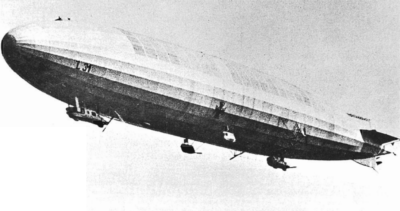
9. How many UK soldiers and sailors were conscripted? a) None; b) Around 100,000; c) Around 500,000.
a) None.
Conscription was not introduced until March 1916. All who signed up in 1915 were volunteers.
An intermediate step in late 1915 was the Derby Scheme which involved canvassers placing considerable pressure on men to enlist voluntarily during one-on-one interviews.
The Military Service Act 1916 enabled conscription of men of 18 to 41 unless they had a certificate of exemption, which was available to married men, widowers with children, those in reserved occupations and some in a few other categories. A second Military Service Act in May 1916 reduced the exemptions.
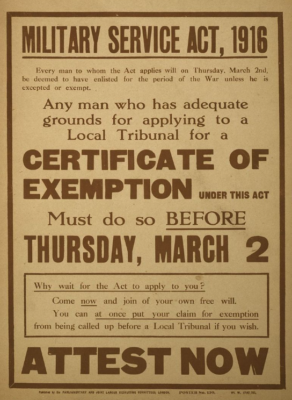
10. Who were the supreme heads of: a) The Church of England; b) The Church of Scotland?
a) The monarch (George V); b) Jesus Christ.
In an era of churchgoing, this was a key issue for many. The Church of England is a national and state church, with the monarch as its head. The Church of Scotland is a national church, but is independent of the state. It is presbyterian, meaning that it is governed by representative assemblies of elders rather than an individual person, recognising only Christ as the head of the church.
This difference of approach to church governance was also a key aspect in the issue of the disestablishment of the Anglican Church in Wales in 1914-1920.